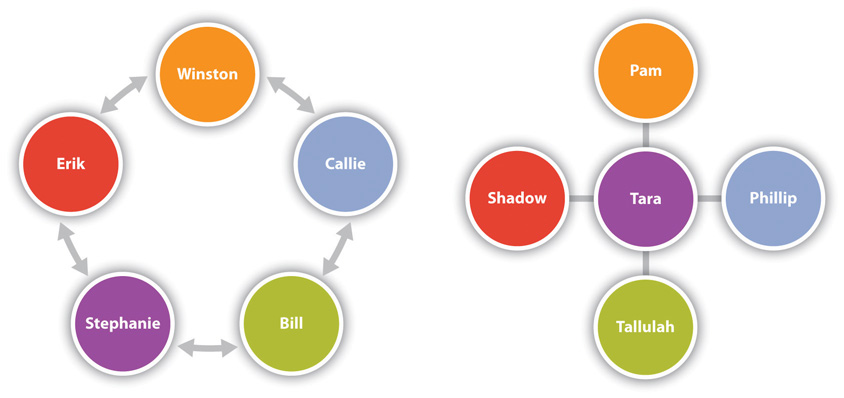
EDIT:
I also read this article, which is very long and involved. There's basically two ways to organize a group, the circular on the left, and wheel on the right.

With the circular method members talk to their peers directly. In the wheel method, one member acts as a hub through which the others communicate. This member is in essence an officer, who may work with other officers from other teams. It's sortof your standard corporate setup. The point being that it becomes progressively more difficult to maintain group cohesion as the group becomes larger. I read that large groups expend as much as 44% of their energy maintaining social cohesion rather than actually getting anything done. I'm not sure if that's the case, but I have noticed the more friends I make, the less time I seem to have to do things other than maintaining my relationships with them. If I don't see them on a regular basis, it's easy to drift away. And seeing them in a group gathering doesn't seem to work either, as conversations end up being dominated by the most extroverted individual. There might actually be something said for social games the restrict the number of players in a server to a small number, possibly nine.